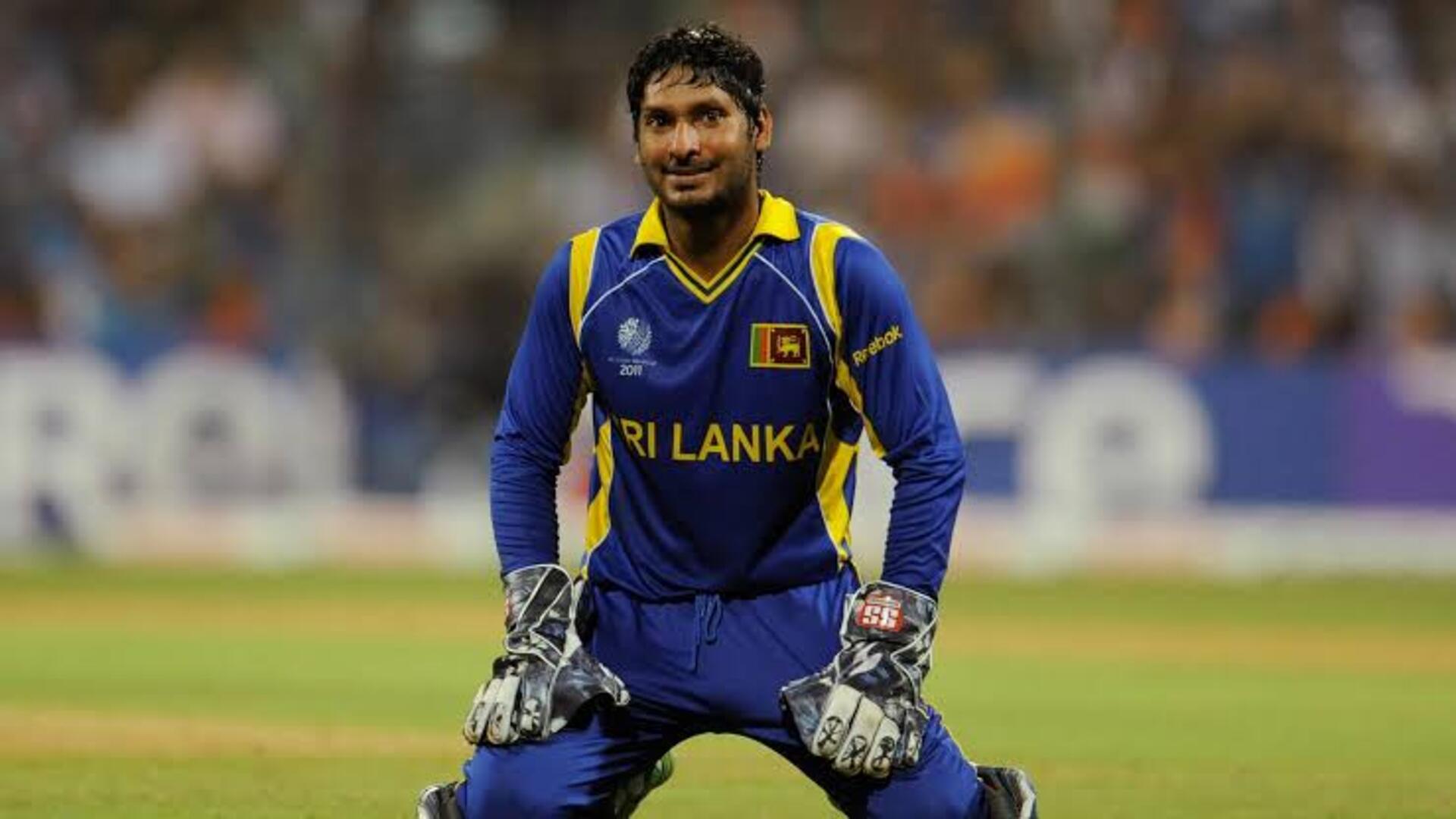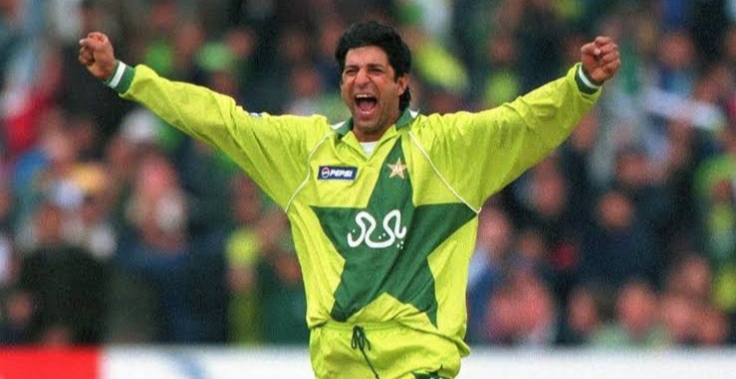
In the rich history of cricket, few names resonate as powerfully as Kumar Sangakkara. A genius with the bat, a master tactician, and a consummate gentleman of the game, Sangakkara has etched his name into the annals of cricketing greatness. While his accomplishments with the bat are widely celebrated, it is his dual role as a wicketkeeper-batsman that sets him apart from his contemporaries and places him among the greatest cricketers of all time. This article explores why Sangakkara is often hailed as the world’s best wicketkeeper, particularly in the context of his influence on the game, his remarkable skills behind the stumps, and his contributions to Sri Lankan cricket.
Kumar Chokshanada Sangakkara was born on October 27, 1977, in Matale, Sri Lanka. His early cricketing exploits were dominated by his prowess as a batsman, but it was his versatility as a wicketkeeper that caught the attention of selectors. His elegant batting technique was complemented by his sharp reflexes behind the stumps, and it soon became evident that Sangakkara was destined to fill the wicketkeeper-batsman role for Sri Lanka.
Sangakkara’s journey into wicketkeeping was somewhat circumstantial. Initially selected as a pure batsman, he took on wicketkeeping duties to give balance to the Sri Lankan team, allowing them to field an additional specialist bowler or batsman. What started as a team necessity turned into one of the greatest success stories in cricketing history. Sangakkara’s adaptability to such a demanding role not only enhanced his value to the team but also paved the way for the modern wicketkeeper-batsman, a role now considered indispensable in all formats of the game.
While Sangakkara is often recognized for his phenomenal batting records, his ability as a wicketkeeper was equally outstanding. Standing behind the stumps requires a unique combination of agility, quick reflexes, and anticipation—qualities that Sangakkara possessed in abundance.
One of Sangakkara’s standout qualities was his remarkable reflexes, especially when keeping to spinners. In a country where spinners like Muttiah Muralitharan and Rangana Herath dominated the bowling attack, Sangakkara had to be on his toes constantly. The speed, turn, and unpredictable bounce of Sri Lankan pitches made wicketkeeping a particularly challenging task, but Sangakkara was a master of it.
Standing up to the stumps against spinners, especially Muralitharan, is no easy task. Muralitharan, one of the greatest spinners in the history of cricket, was known for his prodigious spin, doosras, and subtle variations in flight. Sangakkara’s ability to read Murali’s deliveries, his anticipation of the ball’s turn, and his safe hands made him one of the most reliable wicketkeepers in world cricket. The chemistry between Muralitharan and Sangakkara was so seamless that the duo managed countless dismissals in Test matches and ODIs.
Equally impressive was Sangakkara’s wicketkeeping to Sri Lanka’s fast bowlers. Whether it was standing back to the likes of Chaminda Vaas or Lasith Malinga, Sangakkara displayed impeccable judgment and anticipation. His movements were economical and precise, rarely wasting energy, and his collection of balls at high speeds was almost effortless.
Wicketkeeping to fast bowlers requires not only quick hands but also a sharp cricketing mind. Sangakkara was constantly engaged in the game, setting fields, strategizing dismissals, and providing insights to the bowlers. His leadership from behind the stumps made him a central figure in Sri Lanka’s defensive and attacking strategies.
Kumar Sangakkara’s wicketkeeping prowess was only one half of the story. His brilliance with the bat elevated him to an entirely different level. Few players in the history of cricket have been able to combine the responsibilities of being a wicketkeeper and a world-class batsman so effectively. In fact, Sangakkara’s contribution to Sri Lanka’s batting lineup makes him arguably the best wicketkeeper-batsman the game has ever seen.
Sangakkara’s batting records are nothing short of legendary. In Test cricket, he amassed 12,400 runs at an astounding average of 57.40, a figure that places him among the highest averages in the history of the game. He notched up 38 Test centuries, many of them match-winning or match-saving efforts. His consistency was remarkable, and he was able to maintain these lofty standards while shouldering the demanding dual role of wicketkeeping.
In One-Day Internationals (ODIs), Sangakkara was equally prolific. He scored 14,234 runs at an average of 41.98, with 25 centuries and 93 half-centuries. Sangakkara’s role as a wicketkeeper-batsman in ODIs was instrumental in Sri Lanka’s success, including their run to the final of the 2007 and 2011 Cricket World Cups. His versatility as both a middle-order anchor and an explosive top-order batsman allowed Sri Lanka to experiment with their batting order, knowing they had a reliable performer in Sangakkara.
The physical demands of being a wicketkeeper-batsman are immense. Wicketkeeping requires constant concentration, while batting demands mental resilience. Sangakkara excelled in both departments. His ability to switch seamlessly between the two roles without compromising his performance was a testament to his mental toughness and discipline.
Over the course of his career, Sangakkara played 134 Tests, 404 ODIs, and 56 T20 Internationals. The sheer number of matches, combined with his incredible consistency, speaks volumes about his stamina and endurance. Wicketkeeping for an entire day in a Test match and then coming out to bat as a top-order batsman requires immense physical and mental fortitude, which Sangakkara demonstrated time and again.
Sangakkara’s influence extended beyond his individual performances. He captained Sri Lanka in all formats, leading the team with distinction. As captain, Sangakkara was known for his calm demeanor, strategic acumen, and ability to inspire his teammates. He led Sri Lanka to the final of the 2011 Cricket World Cup, and while the team fell just short of lifting the trophy, Sangakkara’s leadership was widely praised.
Even when he wasn’t the official captain, Sangakkara’s role as a leader was evident. From behind the stumps, he was constantly communicating with the bowlers, setting fields, and offering advice. His tactical awareness and deep understanding of the game made him one of the most influential figures in world cricket.
When discussing the greatest wicketkeepers in cricket history, names like Adam Gilchrist, MS Dhoni, and Mark Boucher often come to mind. While each of these players has left an indelible mark on the game, Sangakkara’s combination of elite wicketkeeping and world-class batting sets him apart.
Adam Gilchrist revolutionized the role of the wicketkeeper-batsman, particularly in limited-overs cricket. His aggressive batting style transformed matches, and his wicketkeeping skills were top-notch. However, while Gilchrist was a destructive force, Sangakkara was more versatile as a batsman. Sangakkara’s ability to adapt to different situations, formats, and conditions arguably gave him an edge over Gilchrist in terms of overall consistency.
MS Dhoni is often compared to Sangakkara for his role as a wicketkeeper-captain and batsman. Dhoni’s calm under pressure and his finishing abilities in limited-overs cricket are legendary. However, in terms of pure wicketkeeping skills and Test batting, Sangakkara has the upper hand. Dhoni’s strengths lay in his limited-overs contributions, whereas Sangakkara excelled across all formats, particularly in the longest format of the game.
Mark Boucher was a phenomenal wicketkeeper, holding the record for the most dismissals in Test cricket. However, as a batsman, Boucher’s contributions, while valuable, do not match the heights achieved by Sangakkara. Boucher was more of a lower-order batsman, whereas Sangakkara dominated at the top of the order, both in Test matches and ODIs.
Kumar Sangakkara’s legacy as the world’s best wicketkeeper-batsman is not merely a result of statistics, but a reflection of his enduring impact on the game. His elegance with the bat, combined with his efficiency behind the stumps, made him one of the most complete cricketers to have ever played the game.
Beyond the numbers, Sangakkara was a role model, both on and off the field. His intelligence, humility, and sportsmanship endeared him to fans and players alike. As a statesman of the game, he has used his platform to speak on important issues, including the growth of cricket globally and social causes.
Kumar Sangakkara’s contribution to cricket transcends mere records. His skill, determination, and leadership have cemented his status as one of the greatest wicketkeeper-batsmen of all time. While many wicketkeepers have excelled either with the gloves or with the bat, Sangakkara’s ability to shine in both roles, often simultaneously, makes him truly exceptional. He set a standard for future generations of wicketkeeper-batsmen, and his legacy will continue influence the game for decades to come.

 Md. Anas Ebna Arfin (Nibir)
Md. Anas Ebna Arfin (Nibir) 
























